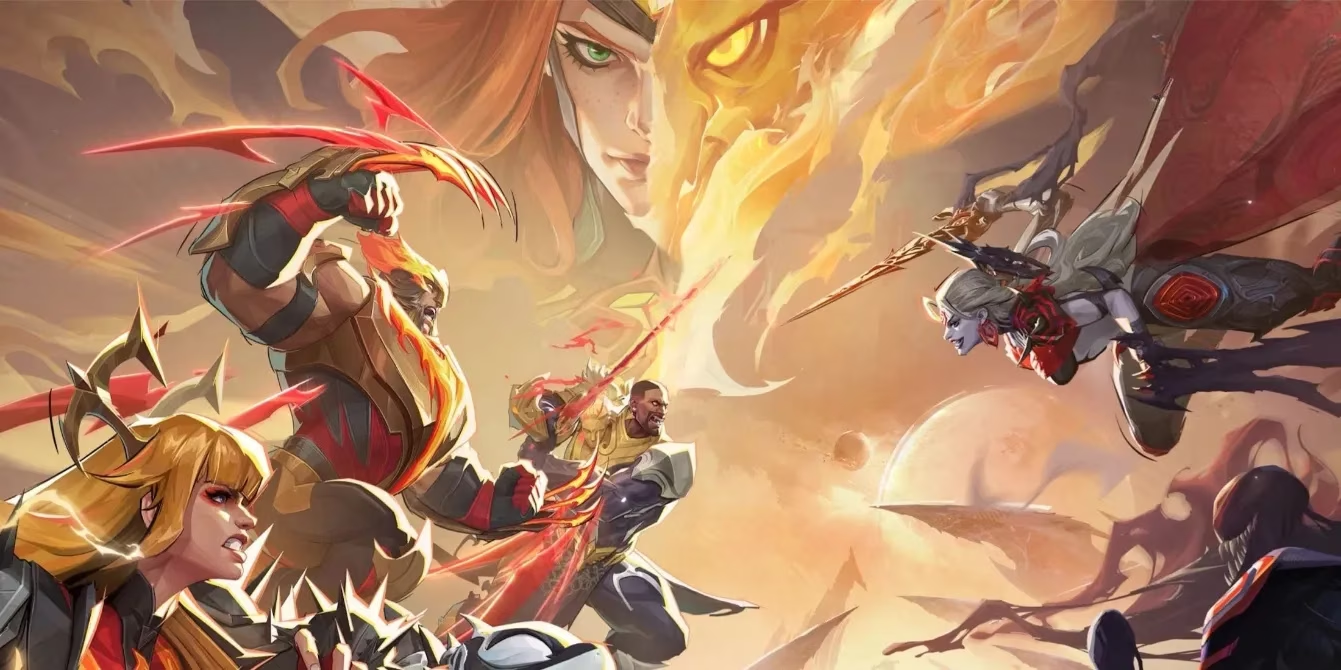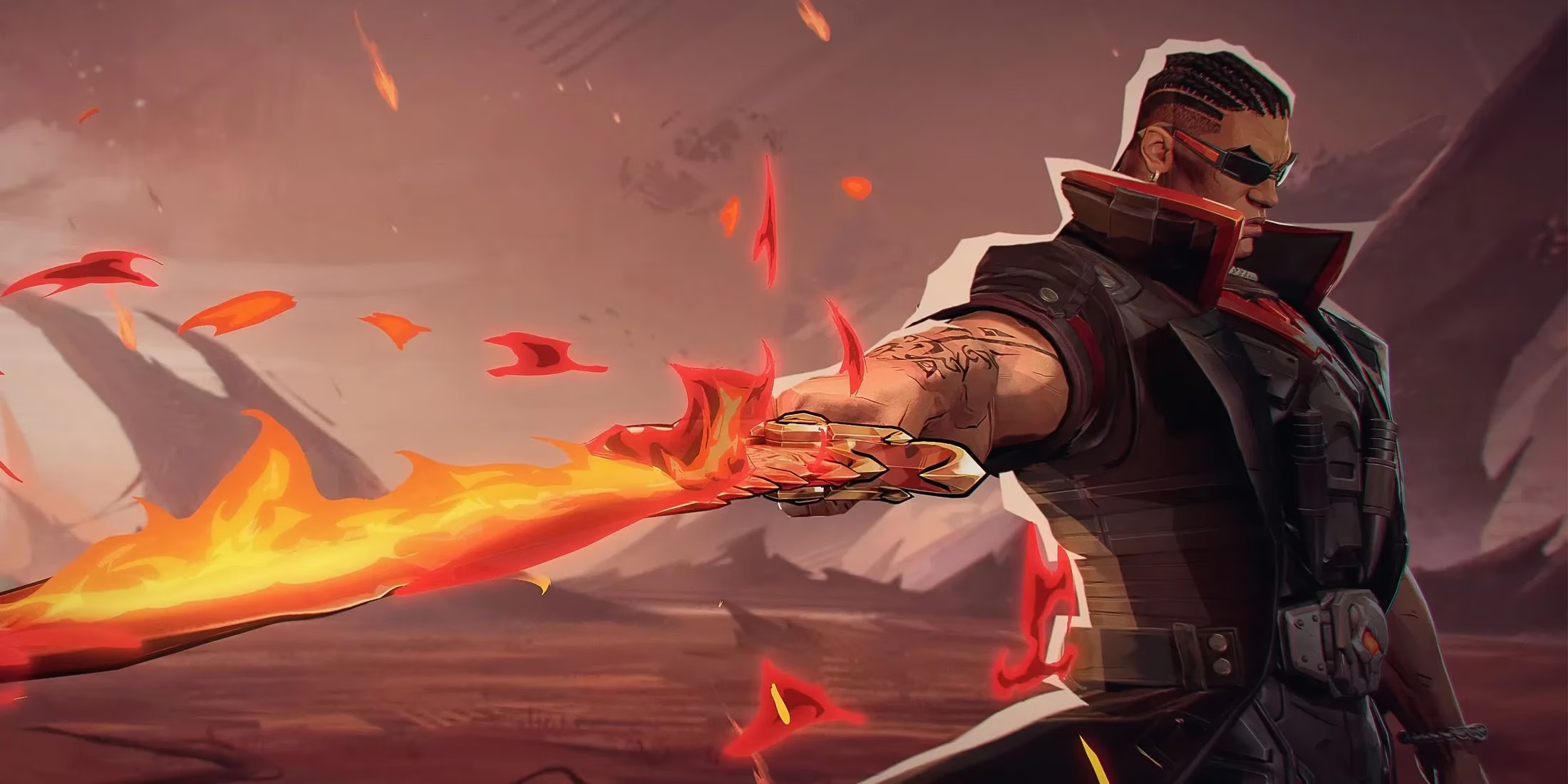NetEase's Marvel Rivals is gearing up for its Season 3.5 update, scheduled to launch on August 8, 2025, with exciting additions like the debut of Blade and new team-up abilities. However, the community's enthusiasm has been dampened by the announcement of restrictive matchmaking rules for ranked play, specifically targeting players in higher tiers. This move, intended to enhance competitive balance, has sparked widespread backlash among dedicated fans who enjoy playing in full squads, raising concerns about potential unintended consequences such as an increase in smurf accounts. As the game evolves, the clash between developer intentions and player preferences highlights the ongoing challenge of maintaining an engaging multiplayer experience.
Season 3 Recap and Highlights
Season 3 of Marvel Rivals kicked off on July 11, 2025, with a thrilling theme centered around Knull, the symbiote god. This update introduced Jean Grey, also known as Phoenix, as a new playable Duelist, adding another layer of strategy to the hero roster. Players could explore the new Klyntar: Celestial Husk map in Domination mode, which offered fresh battlegrounds inspired by the cosmic threat. Team-up mechanics received significant tweaks, including a joint ability for Phoenix and Wolverine, and two for the Human Torch—one with Spider-Man and another with The Thing. These changes aimed to keep the gameplay dynamic and immersive, building on the foundation laid in earlier seasons.

The addition of Phoenix brought a surge of excitement, as her abilities allowed for creative combos and high-level tactics. Fans quickly adapted to the new map's layout, which emphasized verticality and environmental hazards. Team-ups, a core feature since the game's inception, were refined to encourage more strategic cooperation, with players experimenting with synergies like Phoenix-Wolverine for devastating area-of-effect attacks. 😊 Despite these innovations, some community members noted minor balancing issues, but overall, Season 3 was well-received for its thematic coherence and fresh content.
What's New in Season 3.5
Marvel Rivals Season 3.5 promises to build on this momentum with several key additions. Blade, the iconic vampire hunter, will finally join the roster as a playable character, bringing his unique melee-focused abilities to the fray. Team-ups are getting another overhaul, incorporating Blade into joint actions with Moon Knight and Cloak and Dagger, while introducing a new synergy between Adam Warlock and Luna Snow. Cosmetic enthusiasts have something to look forward to as well, with a free symbiote-themed skin for The Thing, transforming the hero into a menacing, alien-infused version of himself. This update seeks to refresh the meta and keep players engaged with novel gameplay elements.

Blade's inclusion is particularly noteworthy, as his dark, agile style contrasts with existing heroes, potentially shifting team compositions. Players can expect:
-
New Team-Up Abilities: Blade with Moon Knight for stealth-based attacks, and Blade with Cloak and Dagger for mobility-focused combos.
-
Adam Warlock and Luna Snow Synergy: A cosmic-energy fusion that enhances area control.
-
Free Symbiote Skin for The Thing: A visual overhaul that ties into the Knull narrative, available as a reward for in-game events. 🆕
These features aim to diversify strategies and provide more customization options. However, the excitement is overshadowed by the matchmaking adjustments, which have become a focal point of discussion.
Matchmaking Restrictions and Community Backlash
The core controversy stems from the new ranked play limitations set for Season 3.5. NetEase has announced that only players in Bronze, Silver, and Gold tiers will be permitted to queue as five-person squads. For those reaching Platinum, Diamond, and Grandmaster ranks, the cap reduces to a maximum of three players per team. The strictest rules apply to the highest tiers—Celestial, Eternity, and One Above All—where only duos of up to two players are allowed. This tiered approach is designed to prevent 'massive stacks' (large coordinated groups) from dominating matches, thereby fostering a fairer environment for solo and casual players.
Despite these intentions, the community has reacted with palpable frustration. On platforms like Reddit, users like smaughh have labeled the changes "odd" and counterproductive. Over 900 comments in a single thread expressed sadness, with many players lamenting the loss of full-team gameplay with friends. Key concerns include:
-
😠 Impact on Social Play: Groups that regularly queue together will now face barriers, potentially fragmenting established teams.
-
⚠️ Risk of Smurf Accounts: Players may create lower-ranked alts to bypass restrictions, undermining the ranking system's integrity.
-
🤔 Competitive Fairness: While aiming to reduce one-sided matches, this could alienate dedicated high-tier players who value coordination.
People Also Ask questions naturally emerge in discussions, such as:
-
"Why implement these restrictions now?" (NetEase cites balance issues from Season 3 feedback.)
-
"How will this affect queue times?" (Longer waits for high-rank matches could frustrate players.)
-
"Are there alternatives to prevent stacking?" (Suggestions include skill-based matching rather than group size caps.)
This backlash underscores a deeper tension: Developers prioritize systemic health, but players cherish communal experiences. The potential for smurfing could exacerbate existing problems, as fans might resort to secondary accounts to maintain squad play, leading to imbalanced matches and a degraded experience for newcomers. 🧐

Looking Ahead to Season 3.5 and Beyond
As August 8 approaches, the anticipation for Season 3.5 is mixed. Blade's arrival and the new team-ups offer promising avenues for innovation, with the symbiote skin for The Thing adding visual flair. Yet, the matchmaking debate lingers, prompting broader reflections on game design. Will these restrictions truly level the playing field, or could they unintentionally foster toxicity and account abuse? NetEase's commitment to iterative updates suggests they might refine these rules based on player data and feedback post-launch. Ultimately, the success of Season 3.5 hinges on balancing fresh content with community trust, leaving fans to ponder whether the changes will enhance longevity or require swift revisions.